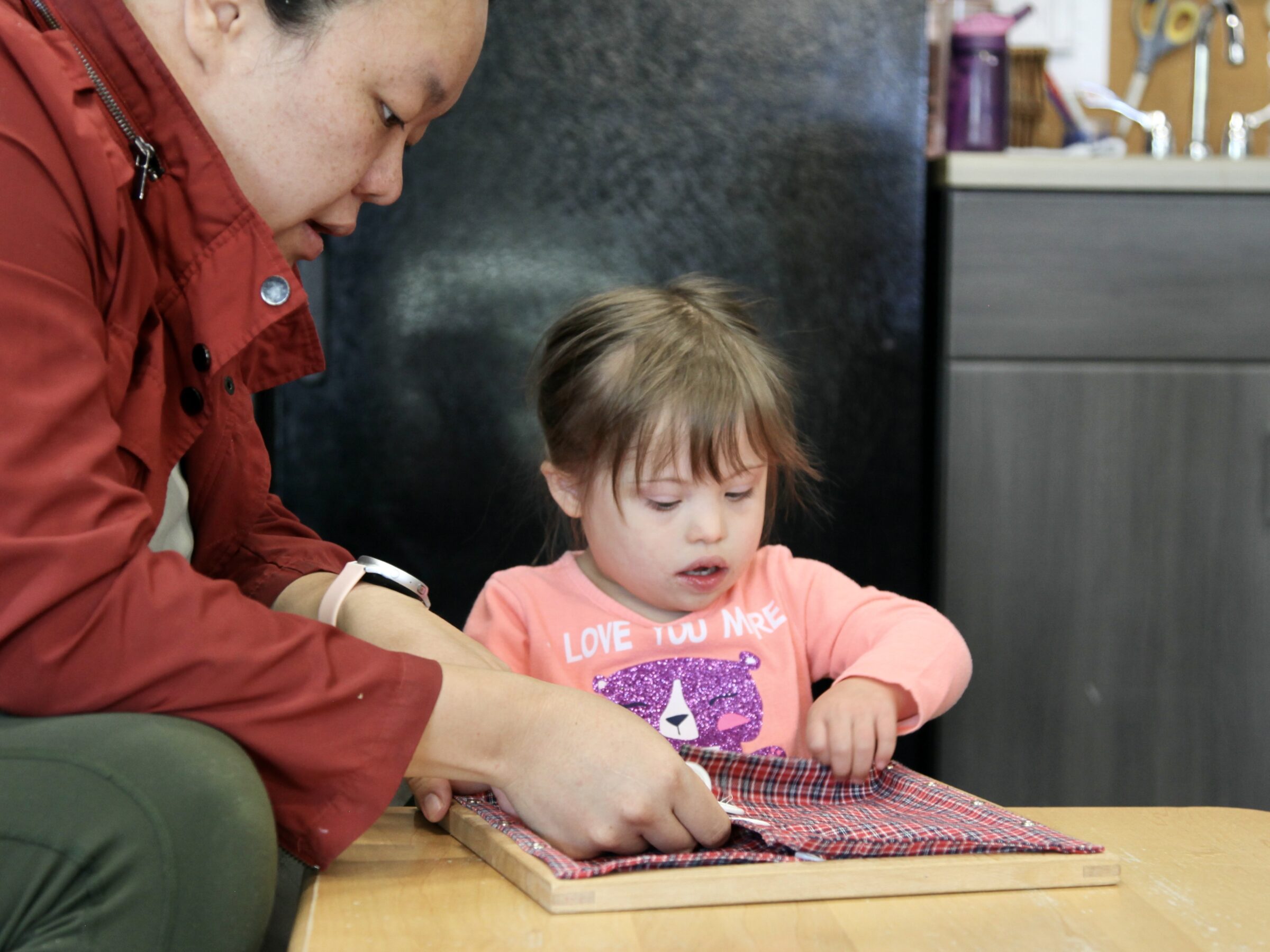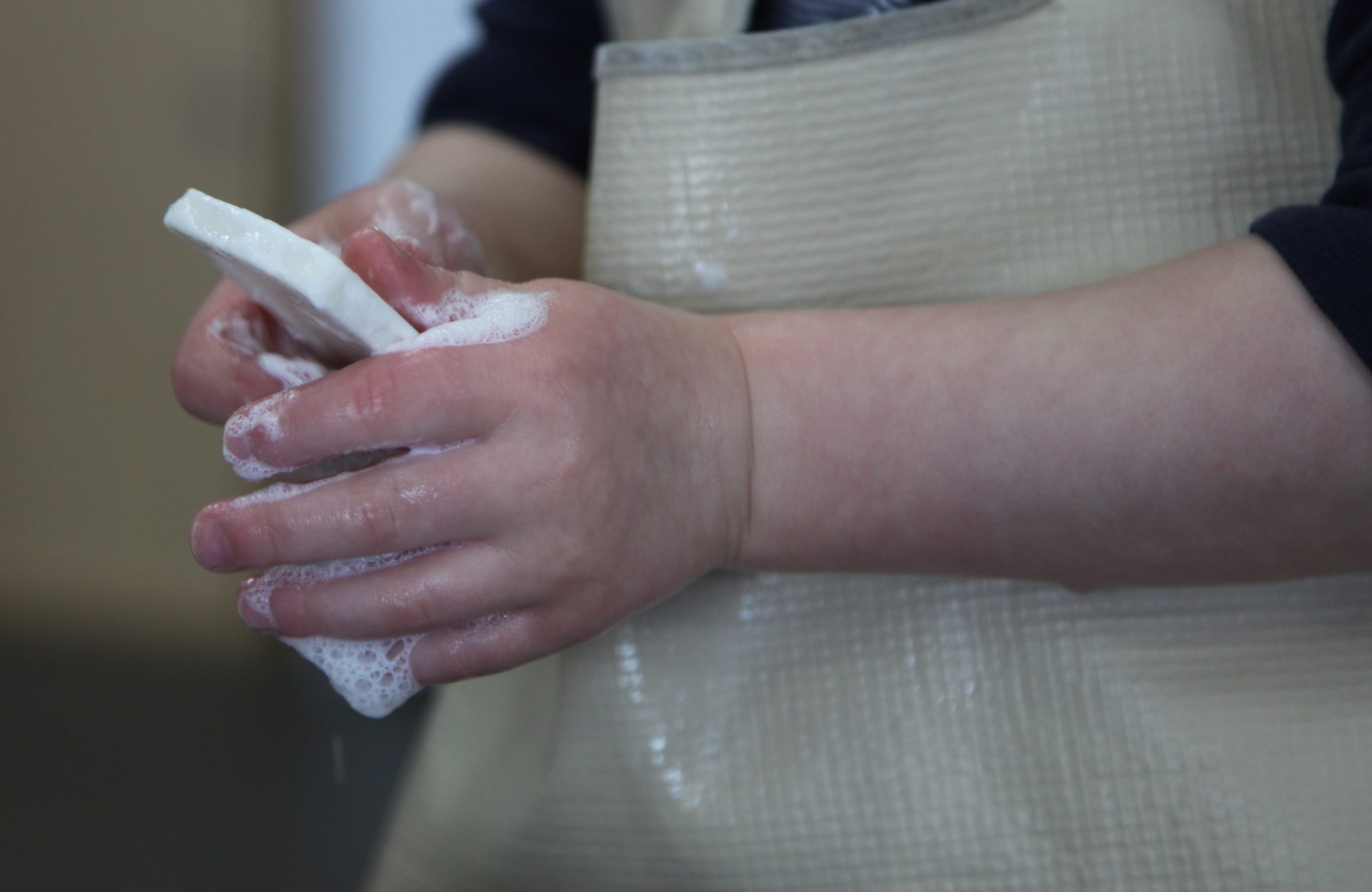Fruits of Study
Thoughts & Reflections
In a wonderfully titled book, What you Should Know About Your Child, Maria Montessori makes a powerful statement in an article entitled, ‘The First Three Years of Life’: “If we consider the transformations, adaptations, achievements and conquest of the environment during the first period of life from zero to three years, it is functionally a longer period than all the following periods put together from three years until death. For this reason, these three years may be considered to be as long as a whole life.”
The ambition of the book, comprised of a series of helpful essays, is as practical as it is theoretical, with some real, concrete lessons, and some rather expository, prolific lines of thought, i.e.: developmentally, you learn more as a child, than you will in the rest of your life. We highly recommend the rather swift read, as both aspects of the account serve to remind us of the importance of early childhood education, which, as adults, we often overlook or even take for granted.

We thought it might be helpful if we share a little photo essay of one of our students, to highlight some of the many, as Montessori describes them, transformations, adaptations and changes that happen to the child, especially within the context of their new environment. These are events that we often don’t recognize on a daily basis, despite our best observations, because we need the affordance of time, and a certain distance, to be able to fully assess and evaluate their impact. It’s hard to measure anything, until we take a step back. In this first photo, you’ll notice one of our new two year old students, wide-eyed, and uncertain of her place, enjoying a hot Summer Day.

Instantly, you will notice that she is completely absorbed by an activity, absolutely immersed in her new environment, which she has just started to, rather tentatively, but ever more increasingly, explore. Montessori, who names these achievements, “personal conquests” or “the fruit of personal study”, otherwise described as the ability to perceive, understand and relate to the world, has a wonderful way of making this new experience resonate, deep in our bones. Montessori writes: “Think of yourself being transported to a new and completely different country from your own. Suppose for example you were left all of a sudden on the Moon. The change would not be as great for you as the change which affects the child when it is born into this world.” That’s a pretty powerful thought. As soon as you start to identify with how she is trying to relate you to the experience, as soon as you start to feel the gravity of the situation, you suddenly discover that the moon isn’t sufficiently radical enough, and that, as adults, we need to adopt another perspective of childhood.

One of the things that makes Montessori so different from traditional approaches to education, which is an oft-repeated statement, is that the method is not teacher-centered, but rather, child-centered. This is one of the key insights of Montessori, and bares the repetition, as it should serve as a constant reminder to us, as an adult-oriented society. Montessori offers, “The child has a method of approach which the adult cannot imitate. If the adult is going to help the child, the adult has to learn from the child.”
In the photo above, you will clearly see that the child is the focus of the presentation, which is entirely individualized, based on the interests, abilities, and expressions of the student; and, the teacher, on the other hand, who has made careful observations of the child, knows, with a remarkable degree of accuracy, the exact level of attention, capability and wherewithal of the student, from her attempts to ‘learn from the child.” It is important to note that this entire interaction is precipitated by the interests of the child, as opposed to the wishes of the teacher. Which is to say, there is not one set curriculum for everyone.

With Montessori, the ambition of education is one of self-instruction. If children are empowered, with just the right amount of confidence, they will be able to embrace their interests and ultimately pursue their passions. In short, they will have the fortitude to achieve anything. While this may sound a bit esoteric, or pie-in-the-sky, as the critics might level, nothing could be more fundamental to development.
The Montessori method, to be sure, is deeply rooted in an appreciation of childhood, from the perspective of the child. It is rooted in the idea that children are natural learners, and we don’t, as adults, need to force them to learn. “No matter where the child is born he achieves the same miracle. If he is born in a small fishing village the child takes in all the things that are there with the same facility as that with which another child born in New York takes in the big buildings, the motor cars, the airplanes and the noise. It is a personal achievement.”

While these photos only span a one year time frame, so much has transpired: independence, refined fine motor skills and bodily control, and the acquisition of the foundations of both literacy and numeracy. Needless to say, she remains wide-eyed, eager to engage with the world. She has also, less we forget, started to gain a certain layer of confidence, which is evidenced from the photos. “It is clear that there are so many things, which according to the laws of development, the child can do with ease in this period and which she cannot do so well later on.”
The fruits of study…
Written by:
Bobby George



